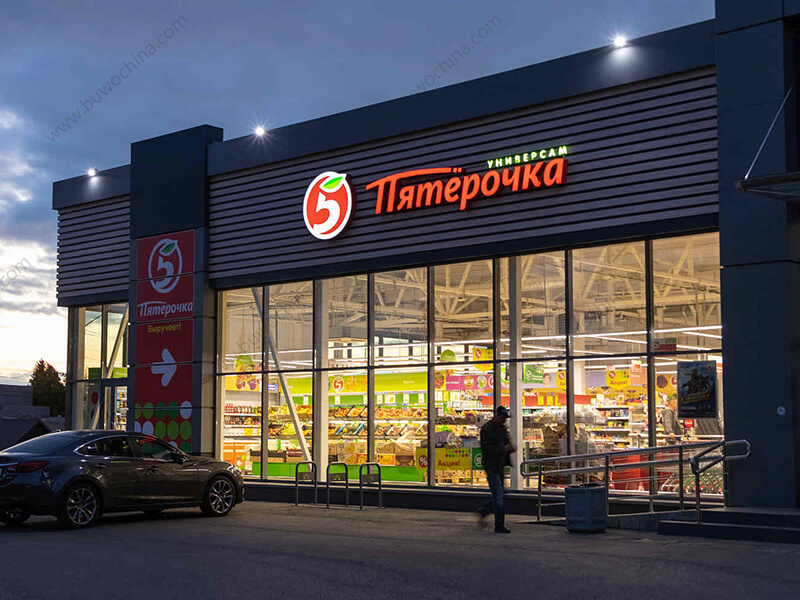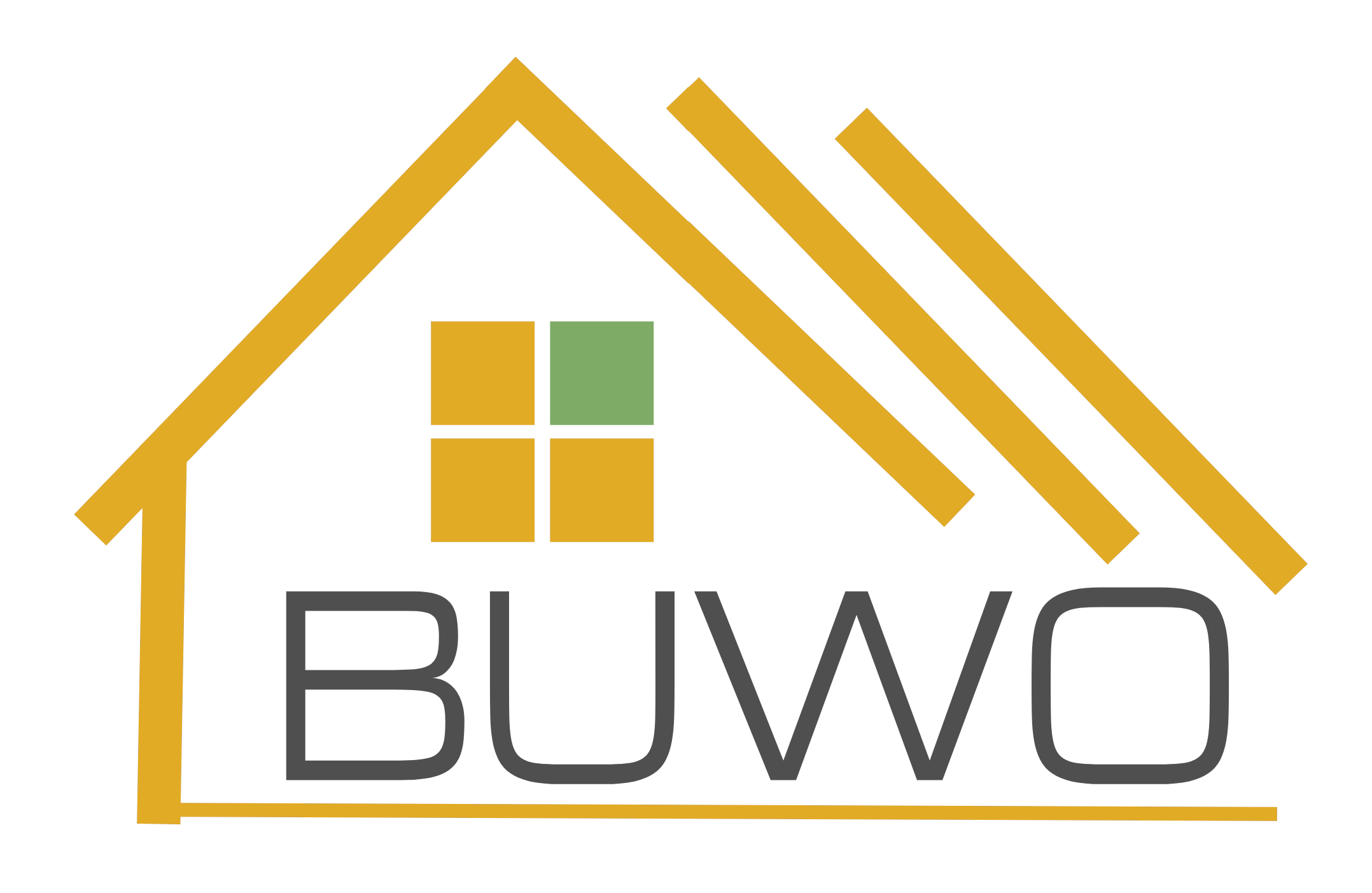With the continuous development of the retail industry, the foundation of success lies in the ability to create memorable shopping experiences. Metal buildings have emerged as a revolutionary solution, redefining the way retail spaces are designed and constructed.
Metal buildings for retail stores are architectural marvels that incorporate metal as the primary construction material. These structures are meticulously designed to not only meet the specific demands of the retail sector but also to enhance the shopping experience for consumers. The fusion of innovative design and robust construction techniques makes metal buildings a dynamic choice for retailers seeking spaces that are functional, versatile, and aesthetically pleasing.

Applications of Metal Buildings for Retail Stores
- Standalone Boutiques
Metal buildings are a perfect fit for standalone boutiques and specialty stores. Their open and column-free interiors provide ample room for creating engaging product displays and strategic layouts.
- Shopping Malls
Within the bustling environment of shopping malls, metal buildings can be seamlessly integrated to form individualized retail spaces. Their adaptability allows for cohesive store designs that complement the overall mall ambiance.
- Hypermarkets and Superstores
The expansiveness of metal buildings makes them ideal for hypermarkets and superstores. Their spacious layouts accommodate diverse product categories while maintaining an organized and visually appealing setting.
- Departmental Stores
Metal buildings offer the flexibility required to design separate sections within a departmental store, allowing each area to be uniquely tailored to its product offerings.
Benefits of Metal Buildings for Retail Stores
- Efficient Construction - Pre-engineered metal buildings expedite construction, minimizing downtime and revenue loss.
- Distinctive Design - Customizable finishes, colors, and textures allow for a unique and brand-aligned storefront.
- Cost Saving - Streamlined construction processes, reduced labor needs, and energy efficiency translate to significant cost savings.
- Durability and Sustainability - Resilience against weather and pests, coupled with recyclability, supports a low-maintenance and eco-conscious space.
- Adaptable Interiors - Column-free interiors accommodate evolving layouts, catering to changing product displays and trends.
- Enhanced Experience - Seamless navigation, abundant natural light, and immersive design create welcoming and captivating retail environments.

